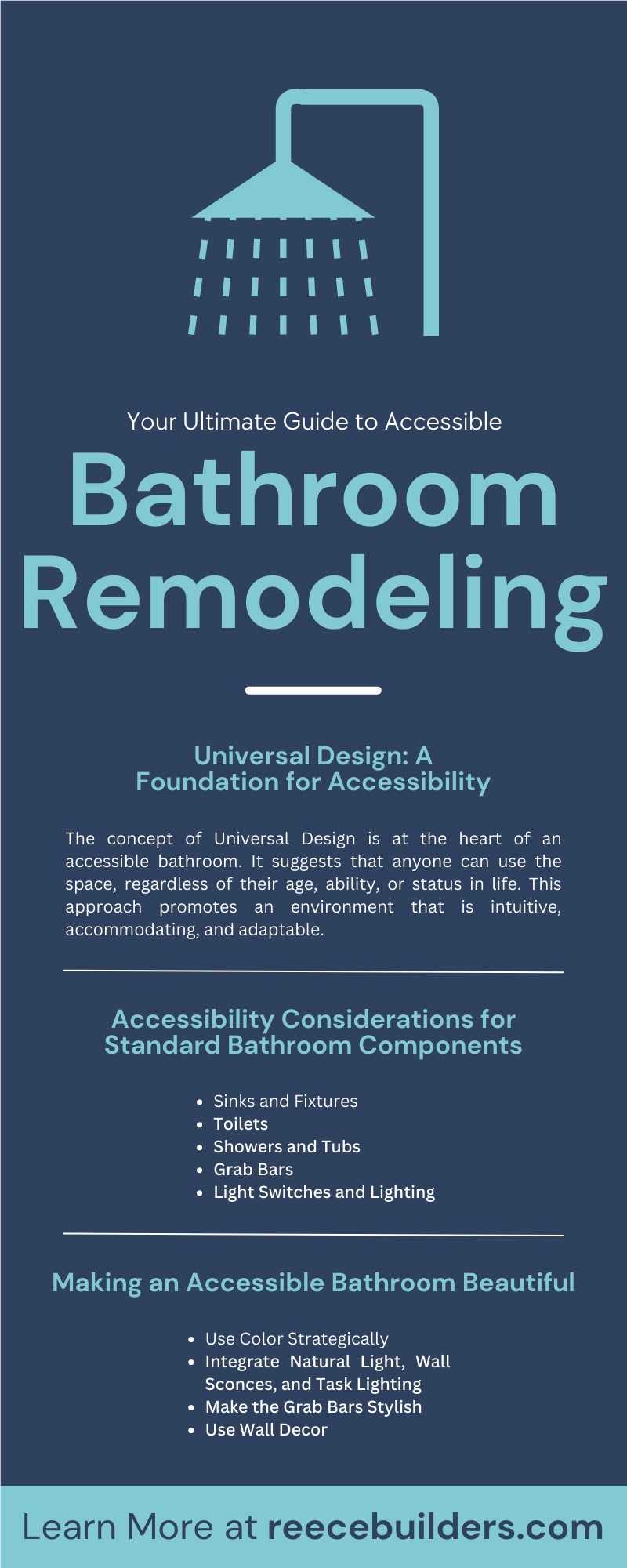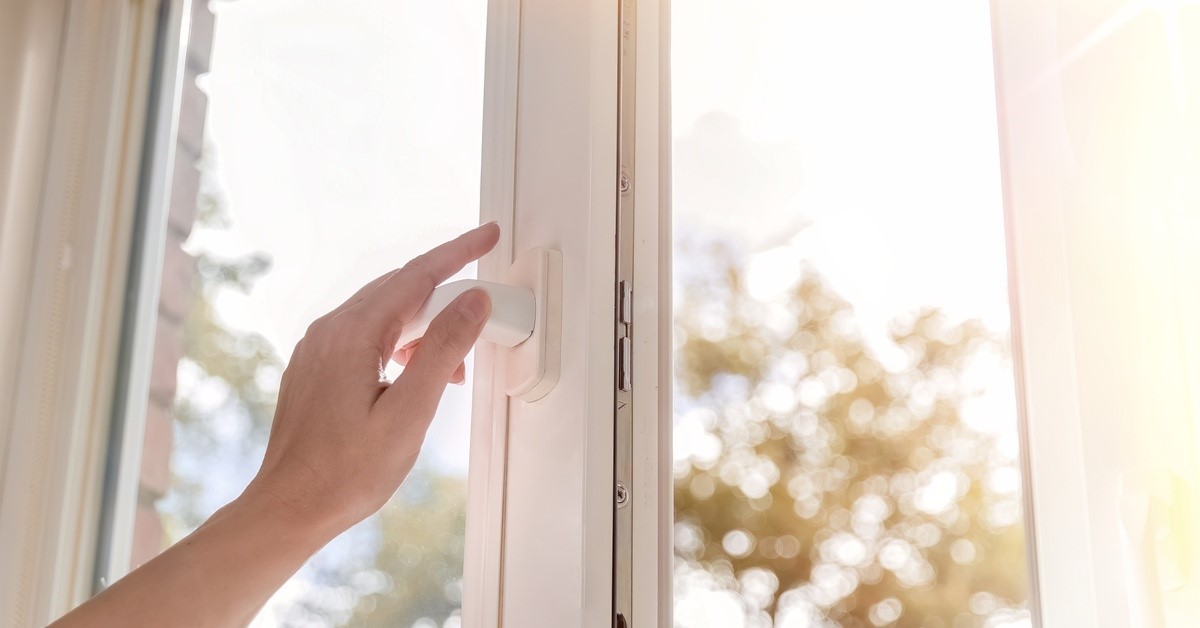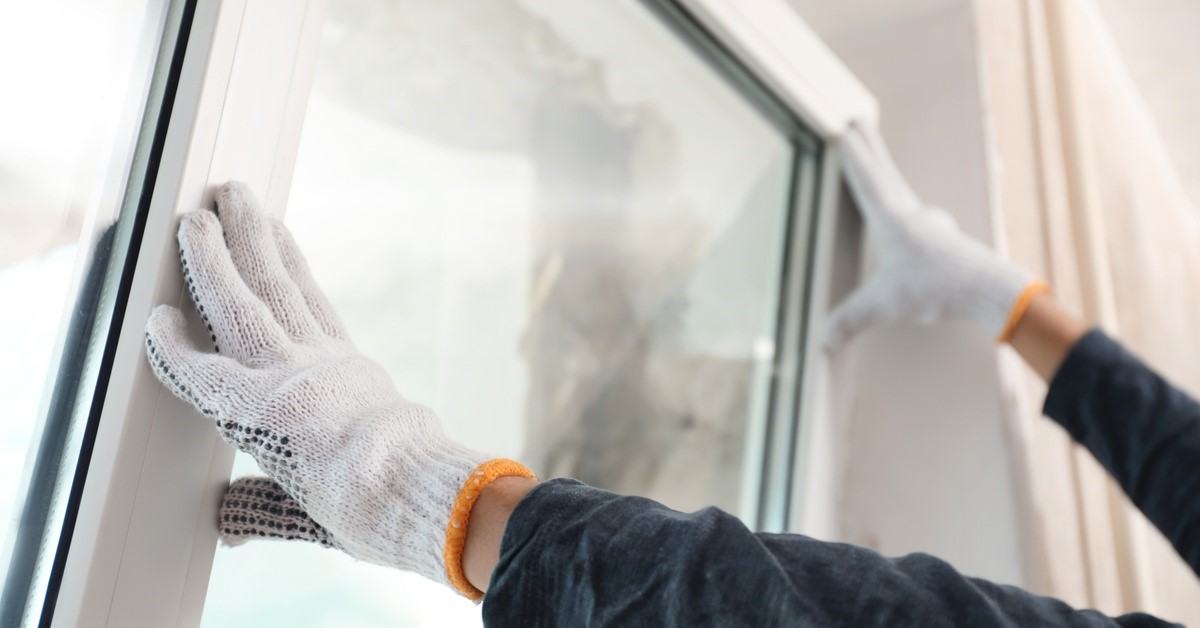
Bathrooms are a frequent target of renovation and remodeling. You must think comprehensively about accessibility for guests and families of all abilities.
This means considering access to all components—sinks, toilets, showers, and tubs—along with their respective fixtures, such as faucets and handheld showers. An accessible bathroom should cater to people of all abilities, offering both functionality and aesthetic appeal. This ultimate guide to accessible bathroom remodeling will help you think about creating an accessible bathroom that doesn’t compromise on style.
Universal Design: A Foundation for Accessibility
The concept of Universal Design is at the heart of an accessible bathroom. It suggests that anyone can use the space, regardless of their age, ability, or status in life. This approach promotes an environment that is intuitive, accommodating, and adaptable.
The Americans With Disabilities Act
While not applicable to private homes, chapter six of the Americans with Disabilities Act (ADA) Standards for Accessible Design can provide useful guidelines to follow. They include practical things like locating grab bars, the height of countertops, and the width of doorways and turn-around space to accommodate wheelchairs.
Accessibility Considerations for Standard Bathroom Components
Sinks and Fixtures
An accessible sink should allow for a wheelchair to fit underneath, so consider installing a wall-mounted or pedestal sink. Faucets should be lever-operated or touch- or sensor-controlled, as they’re easier to operate than twist knobs, especially for those with limited hand strength or dexterity.
Toilets
The height of the toilet is a key factor in accessibility. A toilet with a seat height of 17 to 19 inches is typically the most comfortable for all users, including those who use wheelchairs. Additionally, consider installing a bidet to enhance hygiene and independence.
Showers and Tubs
Roll-in shower installations in Winston-Salem with a zero-threshold entry are ideal for accessibility. If your space allows for it, the shower should have a minimum width and depth of 36 inches to accommodate a wheelchair. Incorporate a built-in bench or a fold-down seat, along with an adjustable, handheld showerhead for flexibility. For tubs, consider a walk-in tub or a tub with a transfer bench.
Don’t rule out luxury options, such as rainfall shower heads, teak shower benches, or heated towel racks. You can make an accessible bathing space that looks like it belongs in a high-end hotel right in your own home.
Grab Bars
Strategically placed grab bars are essential for safety and support. Install them near the toilet, inside and outside the shower, and by the tub. Ensure that you install them at an appropriate height and that they can support substantial amounts of weight.
Light Switches and Lighting
Good lighting is vital for safety. Use bright, non-glare lights, and place them strategically to illuminate all areas of the bathroom. Consider using motion-detecting light switches or rocker switches, as they are easier to operate than traditional toggle switches.
Making an Accessible Bathroom Beautiful
Creating an accessible bathroom doesn’t mean it has to look clinical or institutional. You can still choose stylish yet functional fixtures. Here are some tips on how to make an accessible bathroom look like it belongs in a spa retreat.
Use Color Strategically
Tiles can be both slip-resistant and aesthetically pleasing. Choose tile and shower surrounds that coordinate with the wall color to add personality and warmth to the space. Try using a different color for the shower floor than the rest of the room to clearly mark the transition into the ‘wet’ area.
Integrate Natural Light, Wall Sconces, and Task Lighting
If your home’s structure and the available space make it possible, try to incorporate natural light into your accessible bathroom’s design. Use glass blocks that obscures the view from the outside but allows light in. Or try clerestory-type windows or skylights that welcome natural light but still protect privacy.
You can also use light fixtures like wall sconces to enhance the look of your new bathroom. Task lights, such as vanity lights, lighted mirrors, or recessed lighting that illuminates sections of your countertops, create an elegant ambience.
Make the Grab Bars Stylish
Grab bars come in various finishes and styles that can complement your decor. You could choose an industrial style, sleek chrome, or even bars in finishes like brushed nickel or antique bronze. Find a version that makes your bathroom functional yet stylish.
Use Wall Decor
Wall decor won’t impede a wheelchair or a rollator, but it will add style to your bathroom. Choose bright graphic art, reproductions of classic paintings, or three-dimensional wall art made from water-resistant materials.
Don’t Forget Accessible Storage
In an accessible bathroom, storage should be practical, within reach, and easy to use, but it can also be beautiful. Consider installing open shelves or roll-out drawers in beautiful wood finishes that allow for easy visibility and access to stored items.
Storage height is crucial; place commonly used items at a level that someone can comfortably reach from both standing and seated positions. For small items, such as toiletries, consider incorporating pull-down shelving units or adjustable shelves. Additionally, placing towel bars and robe hooks within easy reach enhances the overall functionality of the bathroom. By integrating these elements, you can create an accessible bathroom that caters to everyone’s needs without compromising on style or efficiency.
Choose a Contractor With Experience in Accessible Building
To create a bathroom that’s both beautiful and accessible, make sure you’re working with a contractor that has experience with installing zero-threshold shower stalls, walk-in tubs, grab bars, and wheelchair-accessible (roll under) vanities.
Reece Builders is the company you want in the Winston-Salem area of North Carolina. We’ve installed many accessible bathroom features, and we offer many customizable options so that you can create the accessible bathroom environment you’re dreaming of. Contact us at (336) 652-3888 today to discuss your project options.
This guide to accessible bathroom remodeling can help you balance functionality and style. By considering the needs of all potential users, incorporating universal design principles, and selecting beautiful fixtures and finishes, you can create an inviting and accessible bathroom that everyone can enjoy. As with any significant remodeling project, you should work with professionals to ensure all modifications meet safety standards and building codes.

Subscribe to Reece Builders's Blog







Comments